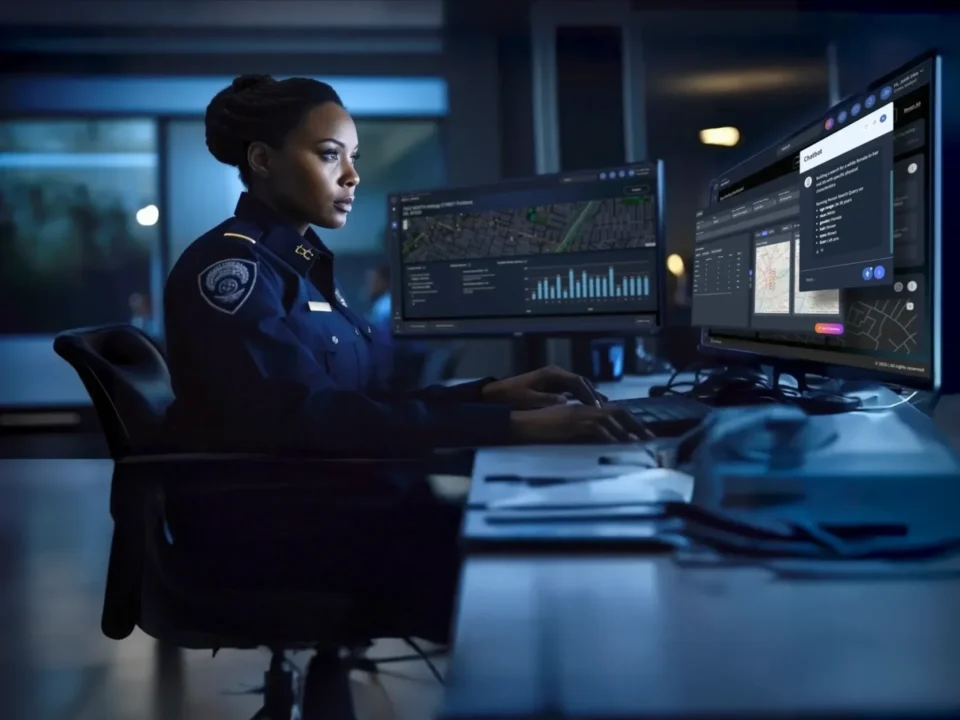In the ongoing battle against gun violence, crime gun intelligence has emerged as a vital tool for law enforcement agencies. It enables the rapid detection, investigation, and prosecution of gun-related crimes by leveraging forensic, ballistic, and technological resources. A key advancement in this domain is the integration of ShotSpotter technology—a sophisticated gunshot detection system that provides real-time alerts and data about gunfire incidents. This article outlines the full investigation workflow, demonstrating how ShotSpotter enhances the crime gun intelligence process from initial gunfire detection to long-term crime reduction strategies.
1. Gunfire Detection & Incident Initiation
ShotSpotter Activation:
ShotSpotter uses a network of acoustic sensors strategically placed in urban areas to detect gunfire. When a firearm is discharged, the sensors triangulate the origin of the sound within seconds. The system’s AI algorithms filter out non-gunfire noises such as fireworks or engine backfires, ensuring only verified gunfire incidents trigger alerts. Critical data points such as the number of shots fired, the location (with GPS coordinates), and an estimate of the weapon type are instantly processed.
Notification to Law Enforcement:
Within 60 seconds, ShotSpotter alerts are transmitted to 9-1-1 dispatchers, patrol units, and crime analysts via mobile apps, in-car systems, and emergency communication networks. These alerts not only pinpoint the incident location but can also provide trajectory details to help predict the movement of the shooter.
2. First Response & Evidence Collection
Rapid Officer Deployment:
Officers are dispatched immediately to the scene based on ShotSpotter data. The severity of the incident—such as the volume of shots or frequency of alerts—determines the response priority. Emergency medical services (EMS) are simultaneously alerted if potential casualties are inferred.
Crime Scene Investigation:
On arrival, law enforcement personnel secure the area and begin a methodical search for:
- Ballistic evidence (e.g., shell casings, bullet fragments)
- Firearms, if abandoned or recovered
- Surveillance footage from nearby cameras
- Eyewitness accounts
Crime Scene Units (CSUs) document the scene and collect physical evidence for forensic analysis, forming the foundation for further investigative work.
3. Ballistic Firearms & Intelligence Processing
National Integrated Ballistic Information Network (NIBIN):
Collected ballistic evidence is submitted to NIBIN, managed by the Bureau of Alcohol, Tobacco, Firearms and Explosives (ATF). Each casing or bullet is examined for unique markings, similar to a fingerprint. If a match is found, investigators can link the evidence to other shooting incidents involving the same firearm.
Firearm Tracing via ATF eTrace:
When a firearm is recovered, it is traced through the ATF’s eTrace system. This provides a comprehensive history of the weapon, including the manufacturer, initial sale, and last known owner, offering vital clues in identifying suspects or trafficking patterns.
Forensic & DNA Analysis:
Casings and firearms may be tested for DNA and fingerprint evidence. These biological identifiers can directly connect suspects to crime scenes or specific weapons.
4. Data Integration & Investigative Leads
Crime Gun Intelligence Center (CGIC) Coordination:
The real strength of crime gun intelligence lies in data synthesis. At a CGIC, analysts consolidate ShotSpotter alerts, NIBIN matches, eTrace results, and forensic reports to identify patterns, suspects, and criminal networks. They cross-reference real-time data with historical crime records, gang activity, and prior incidents to develop actionable leads.
5. Suspect Identification & Case Development
Linking Firearms to Crimes:
A single firearm linked to multiple crimes via NIBIN can reveal patterns of usage, helping detectives understand a suspect’s behavior or affiliations. By combining ShotSpotter alerts with CCTV footage, social media analysis, and community reports, law enforcement can build strong suspect profiles.
Arrests & Prosecution Support:
With robust evidence in hand, investigators can secure search and arrest warrants. Prosecutors use ShotSpotter data, forensic results, and ballistic reports to strengthen their cases in court, ensuring higher conviction rates. Meanwhile, ongoing monitoring of gunfire incidents continues, especially in areas where linked firearms have previously been detected.
6. Long-Term Crime Reduction & Intelligence Sharing
Crime Pattern Analysis:
ShotSpotter data helps identify gun violence hotspots, guiding law enforcement to deploy resources more effectively. These insights inform long-term strategies, including community engagement, focused deterrence programs, and violence prevention initiatives.
Collaboration with Federal Agencies:
Through partnerships with federal entities like the ATF and FBI, local law enforcement shares intelligence to combat broader issues such as firearms trafficking and organized crime.
Public Safety Improvements:
Transparent communication about the role of ShotSpotter and the results of its deployment builds public trust. Community policing efforts, informed by real-time gun violence trends, foster stronger relationships between officers and residents, contributing to safer neighborhoods.
Conclusion
The integration of ShotSpotter technology into the crime gun intelligence workflow revolutionizes the investigation workflow, particularly how gun-related crimes are detected, investigated, and prosecuted. By delivering precise, real-time data, ShotSpotter enables faster response times, improves evidence collection, and supports a data-driven approach to public safety. Ultimately, this integration not only increases law enforcement effectiveness but also fosters long-term reductions in firearm-related violence across communities.





